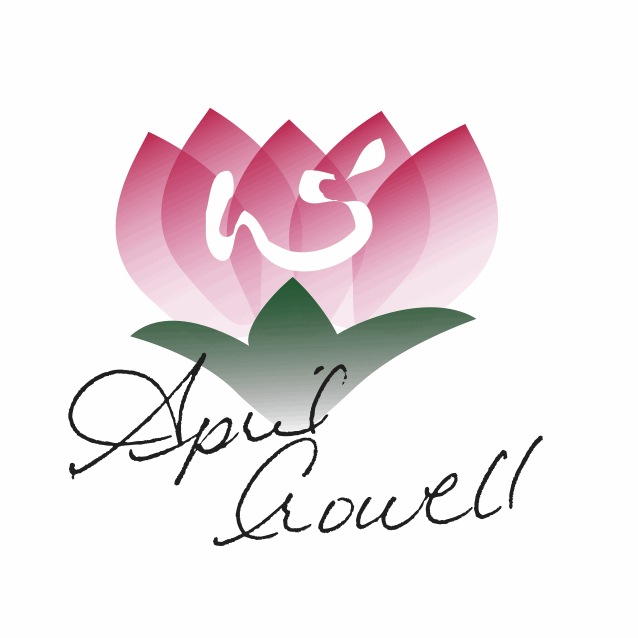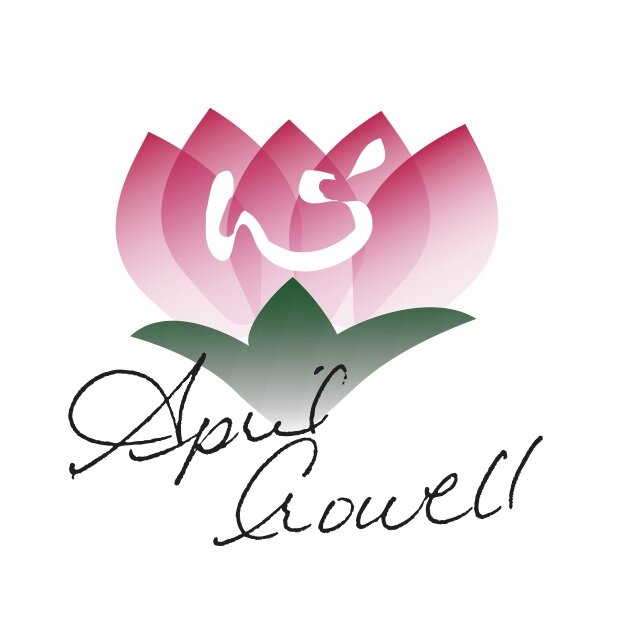Roses – A Fragrant, Cooling Delight at the Table
That which God said to the rose, and caused it to laugh in full-blown beauty,
He said to my heart, and made it a hundred times more beautiful.
Rumi
Summer, sunshine and roses.
What a delight roses are to have in the garden, offering a variety of colors, blossom shapes and fragrances. Long a symbol of love, war, politics and beauty, roses have worked their way into our hearts and into our cuisine. Personally, roses hold a dear place in my heart. Grandpa Herman, a master gardener, cared for several public rose gardens, as well as, his own large rose gardens and wild rose bushes. He lovingly tended them for Grandma June and his bees. Grandma gathered the petals for potpourri and jellies. And Grandma always kept a plate of freshly drying or dried rose petals on her dressing room table. It was magic.
My parent’s, whose home was on my grandparent’s property, adore roses as well, and kept a small, well rose garden. At one point I recall counting nearly a hundred various rose bushes on the property. I spent hours playing among the gardens, or napping and reading under an enormous, fragrant Austrian Copper rose bush listening to the hum of the bees.
Grandma June and Grandpa Herman in one of their rose gardens.
A little rose history
Fossil evidence date roses back nearly 35 million years with evidence of cultivation beginning nearly 5,000 years ago in China – though there is some thought that cultivation may date back even further. Today, there are an estimated 100-150 species of wild and cultivated Rosa, and the plants are found on every continent. The Romans and Middle Eastern cultures used roses for medicinal purposes, celebrations, perfume, and as confetti at celebrations or to honor royalty – who doesn’t want to walk on a path sprinkled with roses? During the 7th & 8th centuries, rose oil and water were considered legal tender for trade and payments though this craze never quite reached the same fervor as the Dutch tulip trade. Roses even showed up in wars, most notably the War of the Roses in the 15th century – the red rose symbolized Lancaster and the white rose was the symbol of York. Quite the gentle image for two houses that tore each other apart. It wouldn’t be until the the early 1800’s when roses would finally make their way into books, thanks to botanical illustrator Pierre Joseph Redoute’s who completed Les Rose, a collection of watercolor paintings from the roses in Napoleon and Josephine’s gardens at Chateau de Malmaison. His works are still considered one of the finest botanical records of roses.
Western nutritional highlights
From a western nutritional perspective, roses don’t hold significant levels of minerals and vitamins. The exception is rose hips, which is one of the highest source of naturally occurring of Vitamin C. The fruit of the rose, these little red berries develop beneath rose blossoms. Rose hip tea has been used for centuries in many cultures for prevention and treatment of colds and flu. Packed with at least 30 x the vitamin C of orange juice - rose hips boast 541 mg per cup. They have anti-inflammatory properties and help lower blood sugar levels. Energetically, rose hips have the same properties as the rose itself including lifting spirits, calming anxiety and benefiting the heart. So don’t dead head all of your roses, pick some of those precious red gems to dry and use them in teas, jams and jellies.
Rose’s Asian nutritional energetics and highlights.
Clears heat, cools the Blood and stops bleeding —Rose has a very clearing, cooling and calming nature. Patterns of Blood heat include rashes, fever, nose bleeds. In the Liver, heat may present as anger, ringing in the ears, red eyes and hypertension. Stomach heat can present as mouth sores, bad breath, bleeding gums, gnawing sensation in the stomach, and GERD. Heat in the Heart presents as panic attacks, anxiety, irregular heart beats, nervous tendencies, ADD and ADHD. It doesn’t matter which organ has the heat – rose will cool it.
Harmonizes menstruation, strengthens and harmonizes reproductive Qi – Roses are wonderful for treating reproductive disharmonies including: irregular or painful menses, PMS, low self-esteem, excessive bleeding, impotence, infertility, and low-libido. But don’t just keep it to the ladies. Roses help to increase sperm count and resolve sperm incontinence.
Clears Liver Qi congestion and promotes bile flow – Liver Qi stagnation? In Chinese medicine the Liver is responsible for ‘free and easy flow’ – meaning the Qi, Blood and Fluids in the body are moving easily. Liver Qi stagnation appears as depression, mood swings, mid back pain, PMS, constipation, flank pain, nausea and headaches. If you have angst, anger, irritability or frustration you have some Liver Qi stagnation.
Nourishes the Heart, settles Shen and lifts depression – Shen is the spirit that is housed in the Heart. When the Heart’s Blood and Qi are harmonious, Shen is nourished and we responds appropriately to the environment. We can build meaningful relationships and can experience joy and laughter. When it is not nourished or unsettled we see patterns of insomnia, anxiety, palpitations, and inappropriate relationships (too close or too far). In extreme conditions we can see hysteria, irrational behavior, ADD, ADHD, mania and delirium.
Clears toxins, reduces swellings and inflammation – Carbuncles, furuncles, hives, boils, abscesses and shingles – oh, my. All are forms of damp, toxic heat which rose can help clear.
Heals and repairs the skin – Use it internally and/or externally, rose is useful for eczema, ulcers, sprains, red irritated skin, wrinkles and spider veins.
Ways to use roses
Drink them – There are several varieties of rose tea available at local stores, or simply get some dried organic rose blossoms and petals and make your own. I often mix mine with other flavors, such as raspberry leaf, nettle, and rose. To further cool the day down, I dropped in a few frozen blackberries. I also use rose to flavor lemon and limeade – so lovely!
Eat rose petals – Dash them over salads, top berries or cakes with them.
Use as rose water or rose oil – Use the water to flavor teas or as a refreshing facial rinse. Drop oil into a calming bath or use as an essential oil…a few drops a day under the tongue can go a long way. Make a lotion or salve with rose oil.
Make up a vinegar – Use for everything from sunburns and bug bites to an unusual salad dressing.
Take time to smell the roses – Although not as strong as ingesting roses, roses will pass their healing properties to those enjoying their scent. This is especially true of the properties that affect the spirit and psyche.
Packing more vitamin C than OJ, rose hips make delightful teas, jellies, cordials and wines.
Be well!
April








